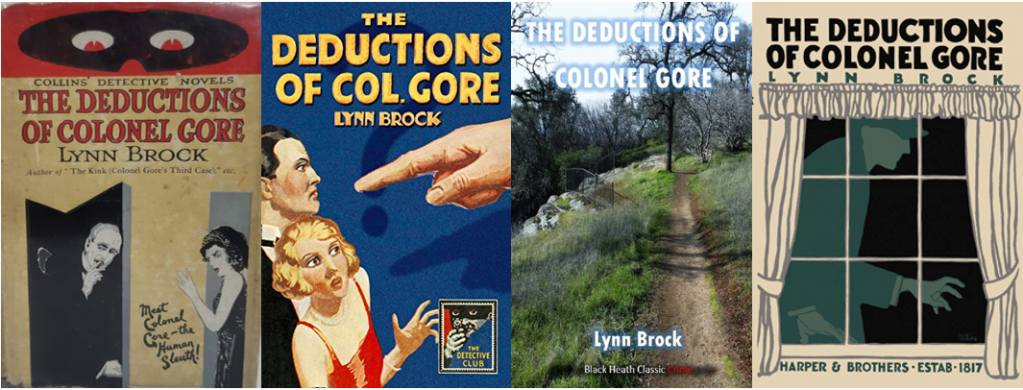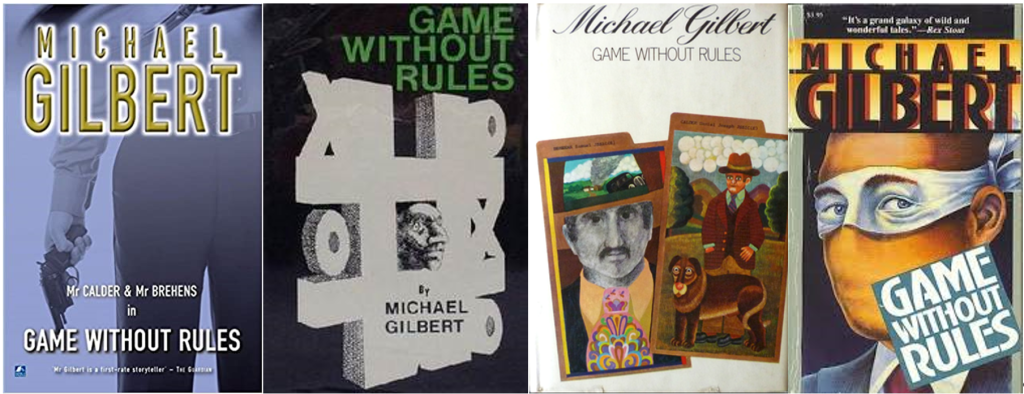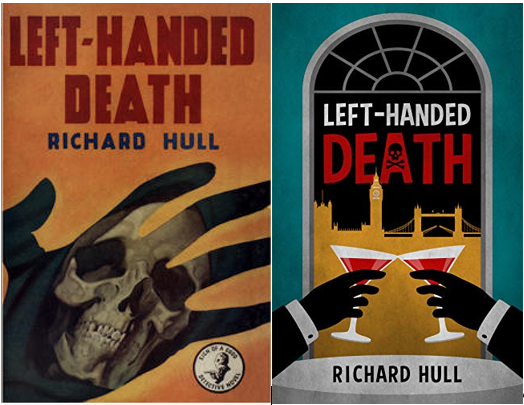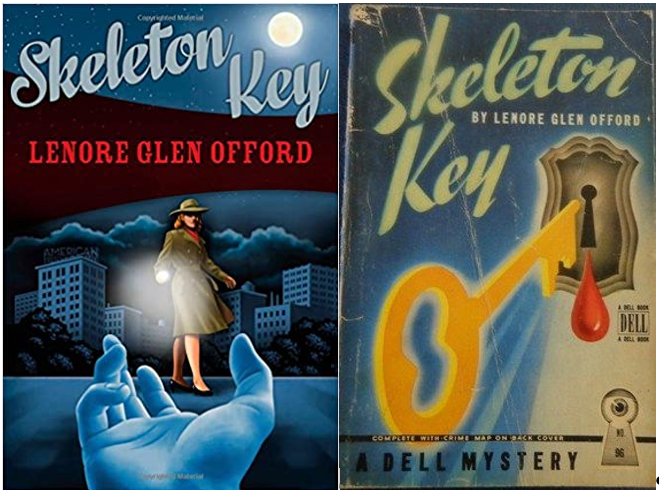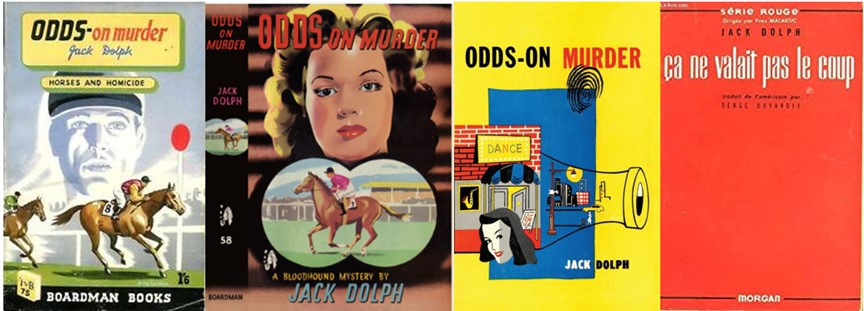
Jack Dolph is the pseudonym of John Mather Dolph (1895-1962). He was a race horse trainer, an American writer of pulp crime novels, radio producer, television scriptwriter, and actor. He published five mysteries between 1948 and 1953, mostly about horseracing, then turned his attention to radio and television.
His first book, Odds-On Murder (William Morrow, 1948), introduces James Connor, MD, a recent veteran still recovering from the trauma of the war and lacking motivation to do much of anything. He has taken up a lackadaisical medical practice in New York City, seeing patients in his apartment/office in a questionable part of town. Doc is known to be willing to treat anyone, regardless of their status with the police, making him one of the few people the less law-abiding denizens of the neighborhood feel safe with, which is how he is pulled into the aftermath of the murder of a smalltime grifter. In practically no time, he is in trouble with his good friend, Eddie Marsh, a homicide lieutenant; frightening his girlfriend Katie Storm, a popular radio host; and swept off at gun point to perform surgery on a grievously wounded young man in an isolated country house with only a few medical instruments and pans of boiling water. Somewhere in there he figures out who actually committed the murder.
The snapshot of daily New York City life in the 1940s was as absorbing as the story. Much of the detail surrounding horse racing was familiar, so that does not seem to have changed much. On the other hand, I was aghast when Doc said he had taken two adjacent apartments and inserted a door in the wall between them, so that he could use one as an office. I envisioned hair-raising conversations with the landlord. Either he actually bought the two apartments rather than renting them, or land owners and neighbors were considerably more relaxed about property damage then. Let’s not even think about building codes.
These period pieces always make me do a little research. Taxi dancers and dance halls were still around, although on their way out to disappear completely by 1960; the dancer mentioned here earned $16 a night, which is about $175 in 2021 US dollars. The ten thousand-dollar bills found on the victim would be worth about $110,000 now. (What does a thousand-dollar bill look like? I didn’t know one existed. It had Grover Cleveland on it and was discontinued in 1969.)
This initial title in the series was released a few times and then fell out of print for over 50 years. The first US edition came from William Morrow in 1948, then the 1949 UK edition from Boardman, who reprinted it in two more editions, 1950 and 1953. The Unicorn Mystery Book Club printed it in one volume in 1948 with Blood on the Bosom Devine by Thomas Kyd, I Am the Cat by Rosemary Kutak, and The Trial of Alvin Boaker by John Reywall. (I have never heard of any of these authors, more research ahead.) That was it until Coachwhip released it again in 2021.
I found this foray into pulp fiction well worth my time. Recommended for readers of the genre or those interested in mid-20th century mysteries.
